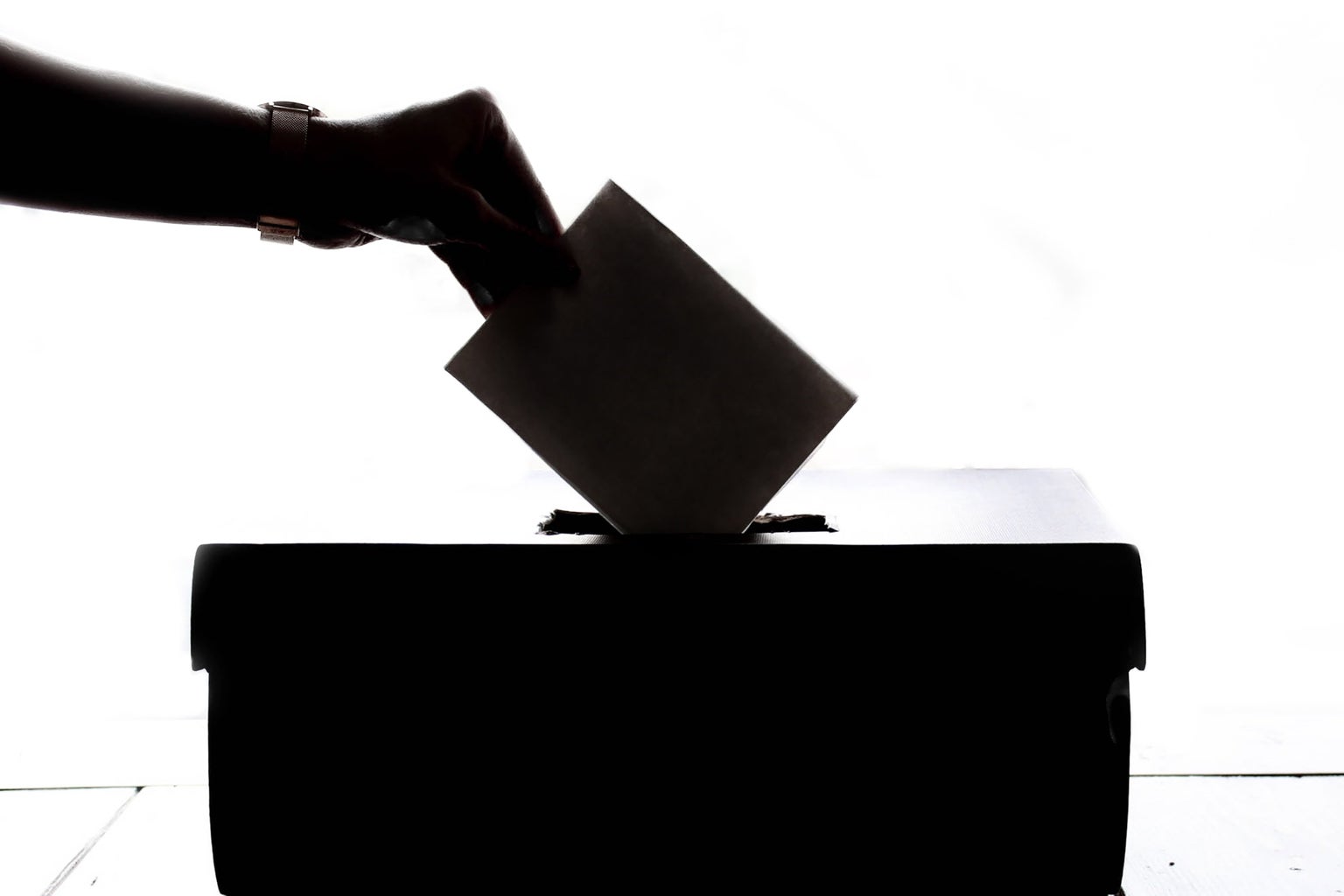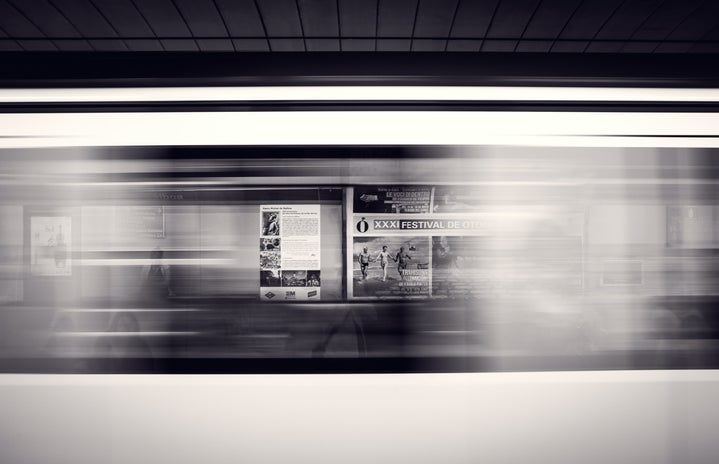With all the news coverage and attention toward COVID-19, it is hard to remember that we are in the middle of a big election. The democratic primaries are still in full swing, but due to the coronavirus, they are facing some setbacks.
Ohio’s governor, Mike DeWine, announced on Monday, March 16 that they would be postponing the primary election, which was supposed to be held the next day. DeWine made this decision despite a court ruling hours prior that prevented pushing back the vote to June 2. The governor said, “during this time when we face an unprecedented public health crisis, to conduct an election tomorrow would force poll workers and voters to place themselves at an unacceptable health risk of contracting coronavirus.” The New York Times also reported that other states such as Georgia, Kentucky, Louisiana and Maryland postponed their primary dates.
Ohio was the only state to cancel its primaries for the March 17 primary. Florida, Arizona and Illinois went on as planned. According to USA Today, the turnout to vote in Illinois “plummeted,” whereas, in Florida and Arizona, the opposite occurred. USA Today also reports that 1.54 million people voted in the Illinois election this year, which is a 25% decrease from the 2.06 million people who voted back in 2016. Thanks to early voting and voting via mail, there were actually more people who voted in this primary in Arizona and Florida than back in 2016. In Arizona, 531,316 showed up on election day, which is 13.5% higher than in 2016. This number is largely due to 380,000 people who voted early. In Florida, there were a total of 1.75 million voters, which is a 1.5% increase. Only 600,000 of those people were in-person voters, which is significantly different than the 1 million in-person turnout back in 2016. Thankfully, due to early voting and voting by mail, the number reached as high as it did.

There is concern, however, over who is actually showing up on election day. The largest numbers of cases of COVID-19 are in the most crowded areas, such as Chicago. According to The New York Times, there are 70 cases in Cook County, which is the county that Chicago is located in. There were over 100,000 fewer people to vote in Chicago this primary. The concern is that Bernie Sanders mainly gets his voters from people who live in more populated metropolitan areas. If someone in these areas is at greater risk of contracting the virus, they might not show up on election day. Based on the amount Biden won Illinois by, this probably did not play a factor, but it is something that needs to be looked into for the remaining primaries.
Want to see more HCFSU? Be sure to like us on Facebook and follow us on Instagram, Twitter and Pinterest!



